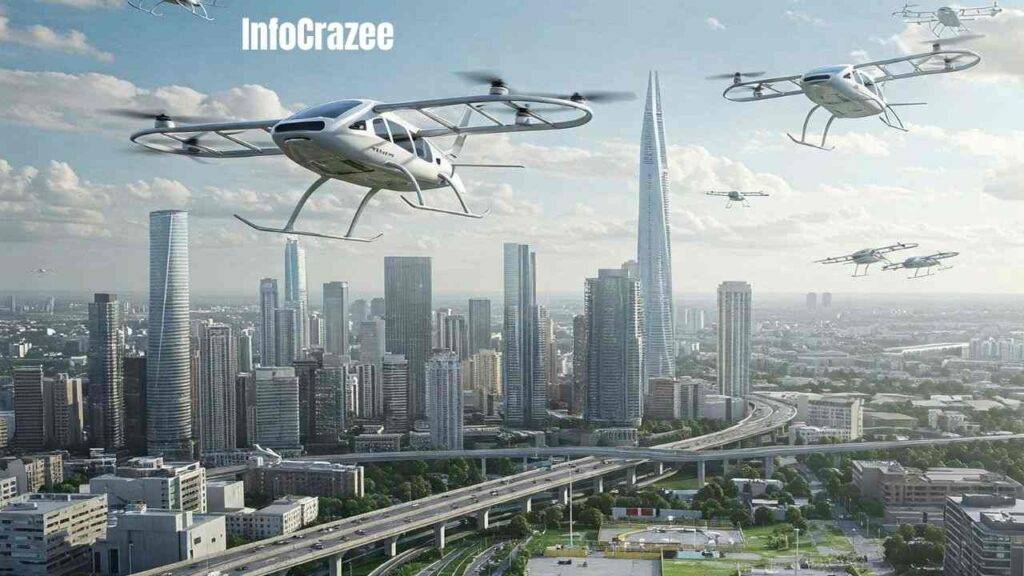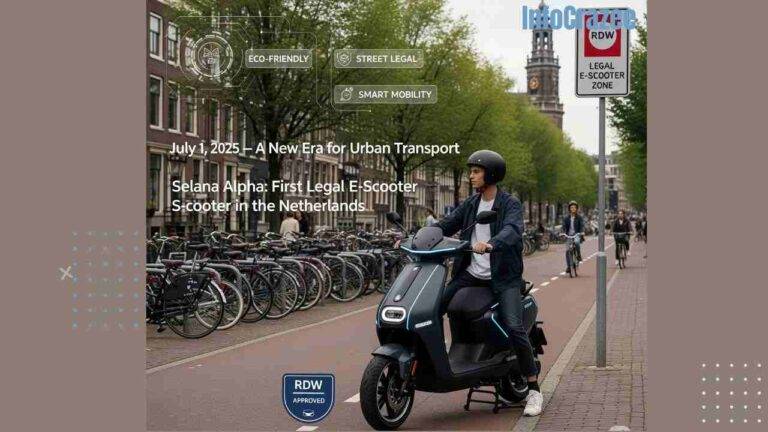Flying Cars: Are They Really the Future or Just High-Tech Hype?
We’ve all seen the movies—flying cars soaring through futuristic cities. The idea is exciting, right? But the question remains: Are flying cars really the future, or are they just something we dream about? Let’s take a closer look at the current state of flying cars and whether they might actually take off (literally) in our lifetime.
What Are Flying Cars, Anyway?
In simple terms, a flying car is exactly what it sounds like—a vehicle that can both drive on the ground and take to the sky. These vehicles usually rely on advanced technology, such as vertical take-off and landing (VTOL) systems, to allow them to take off and land in small spaces like a helicopter, but with the ability to travel like a traditional car when on the ground.

The Different Types of Flying Cars
Flying cars aren’t all created equal. Here’s a quick rundown of the two most common designs:
- Electric Vertical Take-Off and Landing (eVTOL) Vehicles: These are often fully electric and can take off and land vertically, similar to a helicopter. They are being designed for short trips, think of them as personal flying taxis.
- Hybrid Flying Cars: These combine the ability to drive on the road and fly in the air, similar to the flying cars we see in sci-fi movies. They may have wings, propellers, or other mechanisms to enable flight.
How Close Are We to Seeing Flying Cars?
It’s easy to get caught up in the idea of flying cars and assume they’re just around the corner. But in reality, we’re still a few big steps away from them becoming a part of everyday life.

The Current State of Development
- Prototype Testing: Companies like Terrafugia, AeroMobil, and PAL-V have created functional prototypes of flying cars. Some have passed the road tests but are still in the early stages of aerial testing. These prototypes prove that the technology exists, but they’re far from ready for mass production or widespread use.
- eVTOL Flights: Companies such as Joby Aviation, Lilium, and Vertical Aerospace are already testing electric flying vehicles. While they can’t fly long distances yet, these electric aircraft have already completed successful test flights, signaling that short, urban air mobility is on the horizon.
The Challenges Ahead
So why aren’t flying cars in your driveway (or the sky above you) just yet? There are a few hurdles we still need to overcome.
- Regulations and Safety: Air traffic control for flying cars? It’s a real challenge. Cities and governments would need to create air lanes, set rules, and develop safety systems that make sure flying cars don’t collide or cause accidents. This takes time—and a lot of testing.
- Infrastructure: Flying cars need places to take off and land. Right now, cities don’t have the infrastructure to support widespread flying car use. Think about the cost of building airports and takeoff/landing pads. Not exactly something we can set up overnight.
- Affordability: Flying cars are currently super expensive, likely making them a luxury item for the foreseeable future. Until the price drops (think hundreds of thousands of dollars instead of millions), they won’t be available to the average person.
- Battery Technology: Many flying cars rely on electric power, and right now, battery technology doesn’t have the capacity to keep these vehicles flying for long periods. We’ll need better, longer-lasting batteries to make flying cars viable for regular use.
What Would It Be Like to Have Flying Cars?
Let’s take a step back and imagine a world where flying cars are a regular part of our next-Gen transportation.

Faster Commutes
One of the most obvious benefits is quicker travel. In theory, flying cars could bypass traffic jams and shorten commute times. Imagine flying over a traffic jam on your way to work, or zooming past the long lines at airport security—sounds amazing, right?
New Urban Landscapes
If flying cars become mainstream, cities might look very different. Urban areas would need to adapt to include takeoff and landing zones, and buildings could be designed with more vertical space to accommodate aerial traffic. It could completely change the way we think about urban planning.
Personal Mobility
Instead of waiting for a ride-sharing car or sitting in traffic, you might be able to summon a flying car to take you where you need to go. Personal aerial vehicles could give people much more freedom and flexibility in how they get from place to place.
Are Flying Cars Just a Hype?
Despite the cool factor, flying cars are still largely in the “cool concept” stage rather than “commonplace reality.” It’s important to recognize that while progress is happening, we’re still years—if not decades—away from seeing flying cars in widespread use.
So, Are Flying Cars Coming Soon?
In short, yes, but not anytime soon. While flying cars are certainly on the horizon, there are still too many challenges to overcome before they become a practical reality for most people.
FAQs About Flying Cars
1. When Will Flying Cars Be Available?
It’s hard to say exactly when flying cars will hit the market, but experts suggest it could be 10-20 years before they’re a common sight on the roads and in the air.
2. What’s the Price of a Flying Car?
Right now, flying cars are extremely expensive, ranging from several hundred thousand to millions of dollars. But as technology improves, the price could come down.
3. Can Flying Cars be Used in Bad Weather?
Flying cars would need to be equipped with technology to handle all kinds of weather, just like airplanes. For now, though, they’re not ready to handle extreme conditions like heavy snow or thunderstorms.






